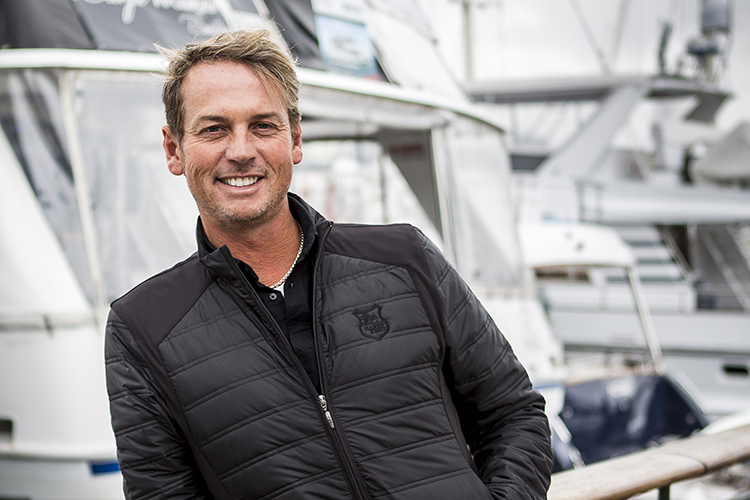 Rebecca Ashton caught up with a relaxed Carl Hester in New Zealand in 2017, over a glass of wine. Carl’s approach to his training is rock solid: be fair to your horse, allow it to work to its fullest potential and never compromise on harmony.
Rebecca Ashton caught up with a relaxed Carl Hester in New Zealand in 2017, over a glass of wine. Carl’s approach to his training is rock solid: be fair to your horse, allow it to work to its fullest potential and never compromise on harmony.
Do you find it harder now that you’re “Carl Hester”?
“Pros and cons, aren’t there? Everything worked out for us in Rio, so it was easy press, easy to deal with. I still enjoy chatting to everybody. The downside is there comes a lot of responsibility being in the position we’re in. That being said, what you say gets taken literally; how you ride, how you train, how you teach, how you speak to people, how you behave with people, I mean everything. It does get analysed, which is weird at the end of the day when you’re just a rider doing a sport like any other competitor.”
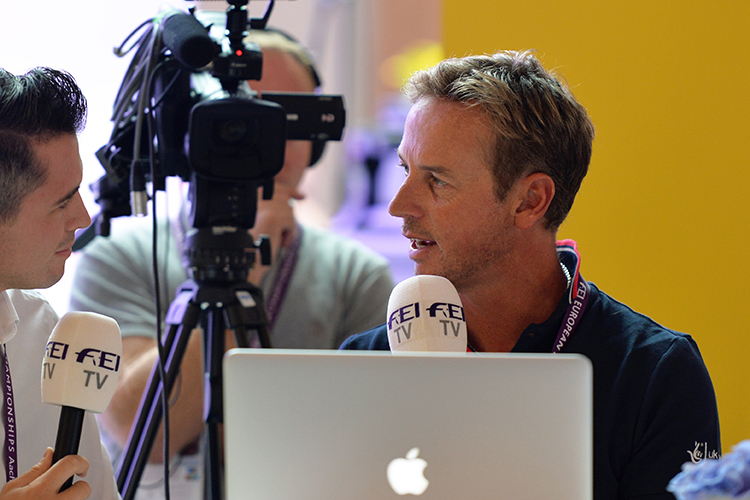
“On the other hand, we have a responsibility and we have to use it properly. I’m not saying what we do is perfect by any means, but what we do is quite clear cut and quite easy for people to follow. But you know, 99% of people come and see you because they want to understand what you do, and they like what you do. Dealing with that 1% of negativity, you have to do that no matter who you are, that sometimes pops to the front, and needs a bit of a squashing, but generally, it’s quite easy.”
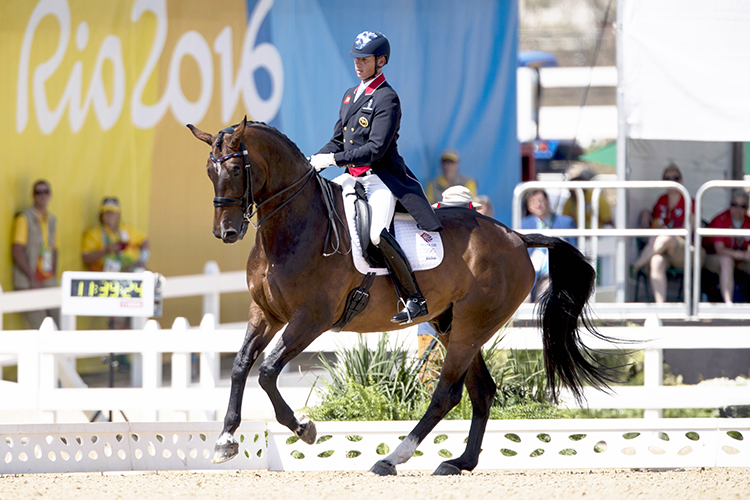
Carl and Nip Tuck in Rio
When you’re going down that Olympic ramp into the arena, is that just another show for you at this stage? What are you thinking?
“For us, bear in mind, we are responsible from the point of view of funding. People’s jobs depend on what we’re doing, with our Lottery Funding, and our talent programs, and all the rest of it. It’s a team of four, but actually that team of four makes a difference to hundreds of people at the bottom, or on talent programs, for all of us. The money goes through the whole sport and it’s success dependent. So the fact that equestrian came home from Rio with three medals meant a lot.”
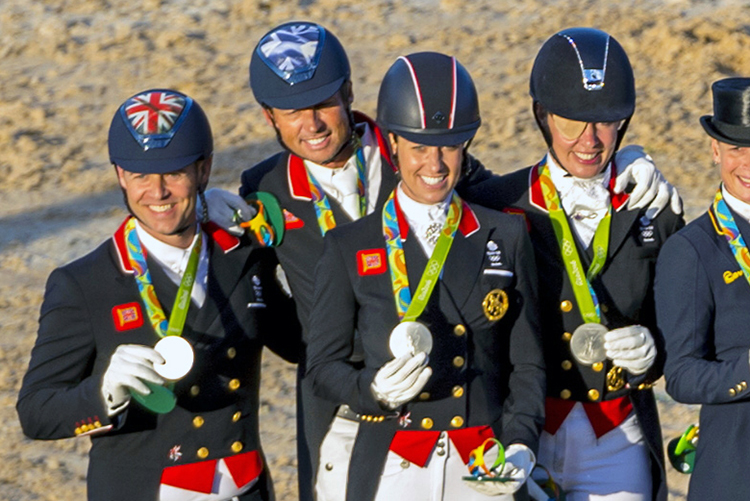
“Two of the medals in dressage, I mean that’s hilarious.”
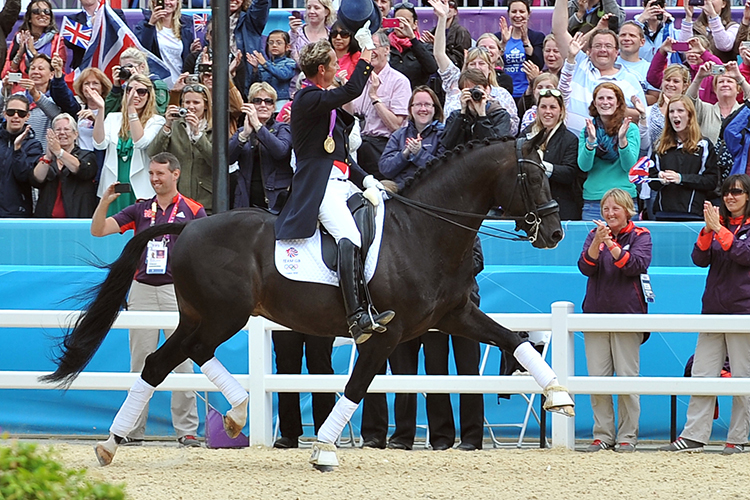
Carl and Uthopia, team gold at London 2012
“Although riding in Rio was easy, because of the lack of atmosphere, and we were able to spend time with our friends, which was really nice, so we didn’t have the pressure like that, but I do take the whole thing quite seriously; what it means, to go home with medals for the rest of our country. So I always have that in the back of my mind, however relaxing it was.”
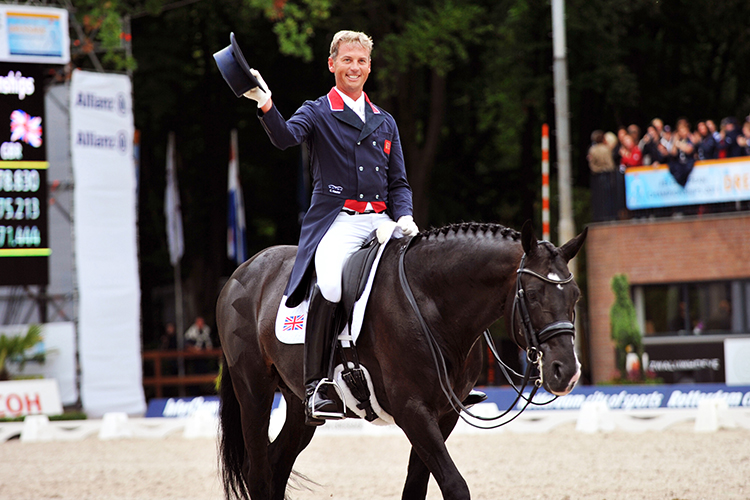
More from Carl below
“The whole retirement question for Valegro, was not only my decision. It was dependent on Charlotte. I said, “This is your choice, not mine, because you are the one who has to ride out there all the time. You are the one who has to keep winning, because that’s how she rides. If you don’t want to do it anymore, you have my backing; and if you want to ride him another season, you also have my backing. But let’s talk about what it means, what you have to do, what do you have to prove, and if you don’t decide to compete anymore, you can still ride that horse for the rest of his life.”
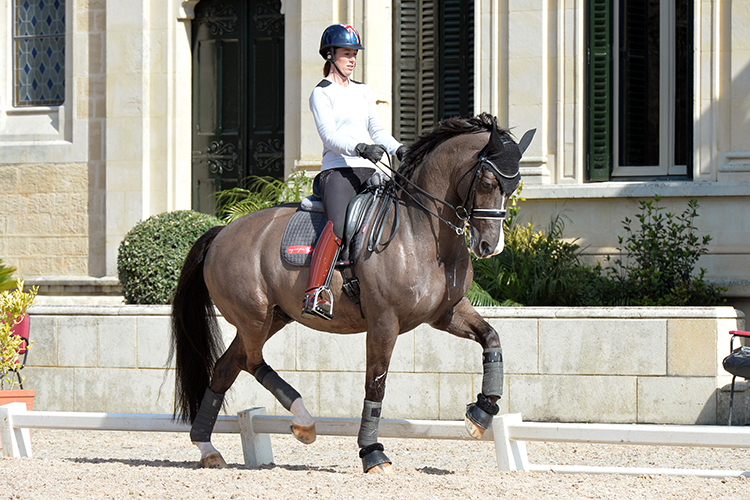
“It’s not a breaking up, it’s not over at all.” – Charlotte and Valegro
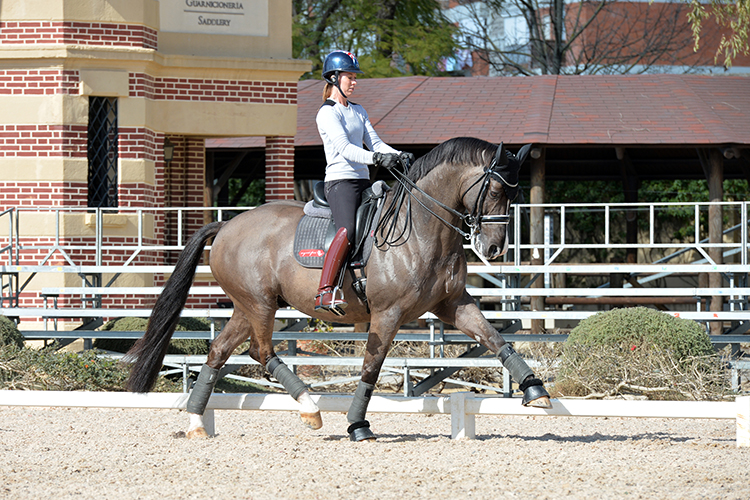
“Bringing Valegro back for Rio, because we hadn’t competed him for a year contributed to the fact that he was on top of the world, fit as a fiddle, this is his favourite time of the year because it’s cold at home, he’s clipped out, there is nothing still like him in the yard, and when Charlotte rides him it’s like, “Ohh!” It’s been a huge choice that we’ve made, but I’m pretty sure it’s the right one. I left it to her in the end to be the one to decide, whether it was go on, or stop, and I think that pressure, it was nothing to do with the horse, because he’s never been better. In Rio, I said I don’t care if you come 5th, 10th or 25th, I don’t care. There is nothing to prove. Please go down into the arena and just ride like you do at home, and enjoy it. You always have done. Don’t make this any different.” And she did.”
“She has something. That’s such a gift to just go down to the arena, and she rode around the arena, and it all disappeared and they did a gorgeous performance. I’m glad it finished like that and I totally understand when she came out of the arena and said, “Never again.” I burst into tears, she burst into tears and I have never cried at any of her performances.”
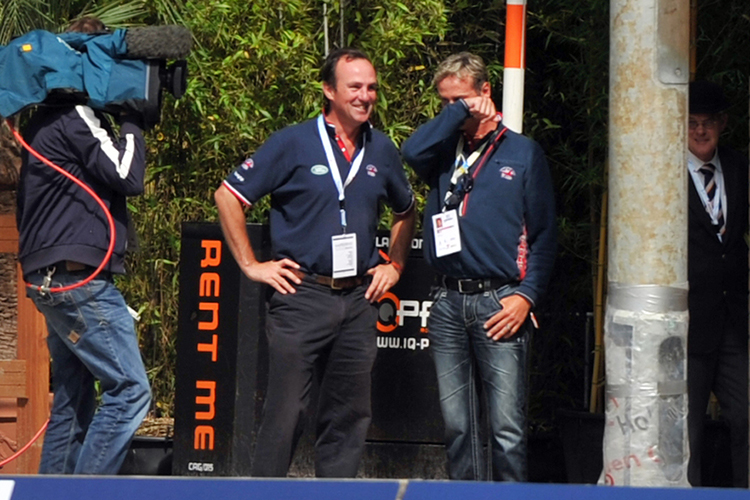
Not so actually, Carl has forgotten he cried at Charlotte and Valegro’s first team performance at the Europeans in Rotterdam…
And you were standing back during the test, away from everyone…
“I don’t like standing with people. I don’t want people to hear what I say. I talk all the way through her test, like a mad man. “More a bit, back a bit, that was good…” You don’t want to be heard as an insane freak! I like being on my own for that.”
What do you think are the biggest mistakes or wastes of time people engage in during their training, in the warm up arena and competition arena?
“The biggest mistake is not riding in the warm up how you ride at home. We try to have a warm up program that we take to the competitions. I still don’t believe that the people you see warming up adapt, and I’m probably not talking about the top level, more the lower levels. They don’t work on the relaxation, and they don’t think outside the box either. If your horse has a different personality at the show, you have to think outside the box of ways of treating it. People aren’t adaptable enough. The techniques you use for relaxation, stretching, walk breaks, things like that, a more competitive or nervous rider doesn’t pay enough attention to that. “I’ve got a test to do so I won’t keep stretching him until he’s relaxed, I’ll just get on with it.” That’s pressure. That would be the thing you see the most. And the trouble is, as a trainer, you can’t always get to the ring with all of your students to actually say, “This isn’t what we do at home. Let’s go back and do what we do at home and build it up.”
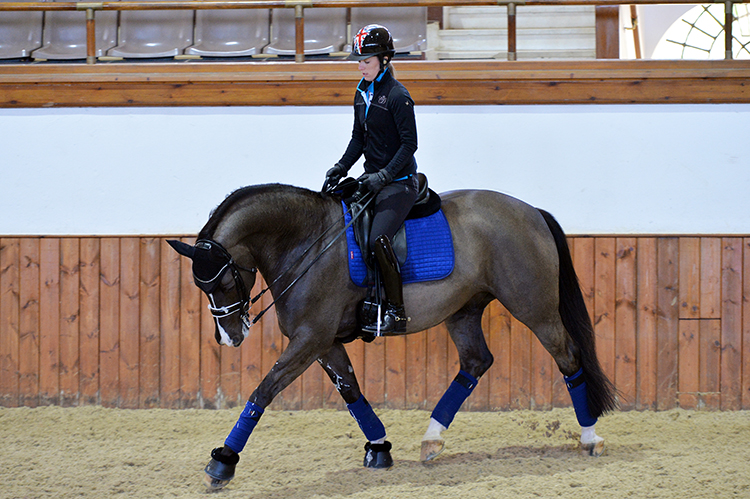
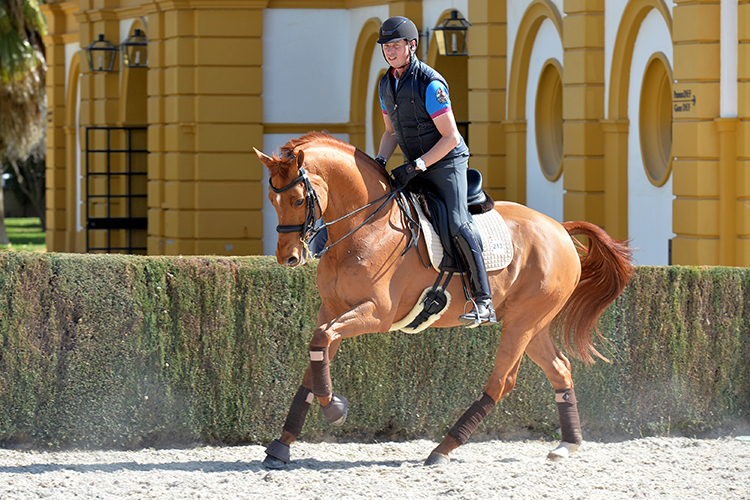
“You still have to stick to your basics of waiting until you get the stretch from the horse, waiting until you get your relaxation. That’s where people need a hand sometimes.”
And the competition arena?
“You don’t really see so much at the top levels, and I don’t really go to enough other shows, but from what I can remember in the past, it’s just presentation. Right back to when Dr Bechtolscheimer first said to me, “If you can’t come down the centreline straight with a square halt and trot off, well that’s no good to me.”
“I’ve always remembered that and it was about 30 years ago that he said that to me. Presentation, and the start of your test is just so important. And corners. For amateur people, corners. Everything happens from a corner. If you don’t get lessons, if you’re on your own at home, put some cones in the corners and ride around them. Get your horse used to riding around them and not leaning into them, because once you start leaning over, you’re never upright, you never have the hindquarters in the right place to start movements.”
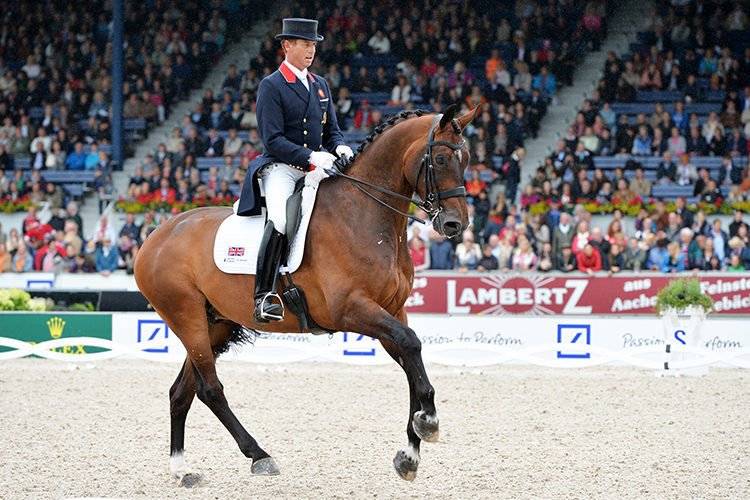
And going on from if people are home training on their own, what are the best resources or ideas?
“When I help people with pirouettes, it’s so easy to collect a horse and have a really good feeling in a pirouette. But when you show someone how big and wide they made the pirouette, they have no idea because the horse gives them a sitting feeling. So again, if you’re on your own, cones on the diagonal, canter to the cone and then turn the front end around the cone and then you really realise how small a pirouette should be for a high mark. A lot of people never get the hang of why they only get a 7 when the horse really sits and turns. It’s all to do with size.”
“And also what people need to do is measure their control of the paces. I still say to riders how many strides does it take you to do a 10 metre circle? You can be pretty sure that 99% don’t know how many trot strides they do around a 10 metre circle. You wouldn’t jump around a course without knowing your distances. And because you know your distances, you ride forward with confidence. If you’re riding a 10 metre circle and you need to not drop impulsion and not drop power, you need to know how many strides your horse takes so you have the confidence to ride it around for that many strides when the horse is at its maximum.”
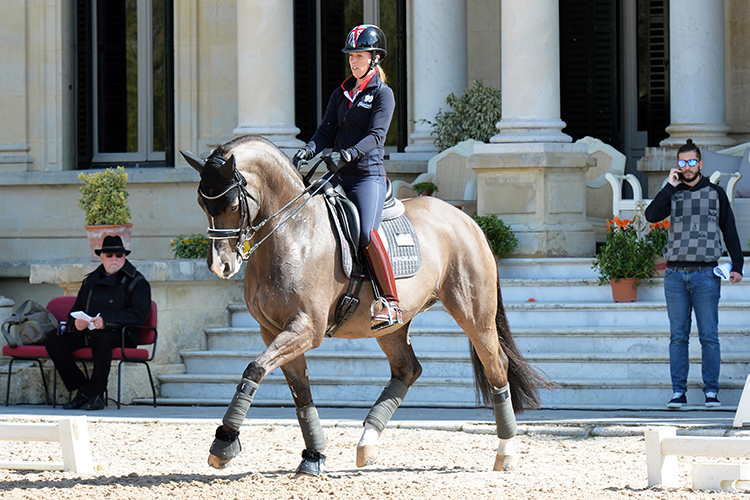
“Presentation is such a huge part of dressage. The first centre line is so important.”
“There are lots of little tips that can really help people, because when we consider what most people lack, it’s forward riding in balance. They either do forward riding out of balance, and then they take the impulsion away to make it feel better, or because it’s easier to sit to. It’s an awareness of the horse’s body, and how it moves, and at what pace do you balance it best. Because that’s what you’re doing with everybody. Teaching is, generally, if we’re not talking about movements, teaching someone how to balance their horse, so it feels nice to ride, and it’s not a pulling, overbent, running mess.”
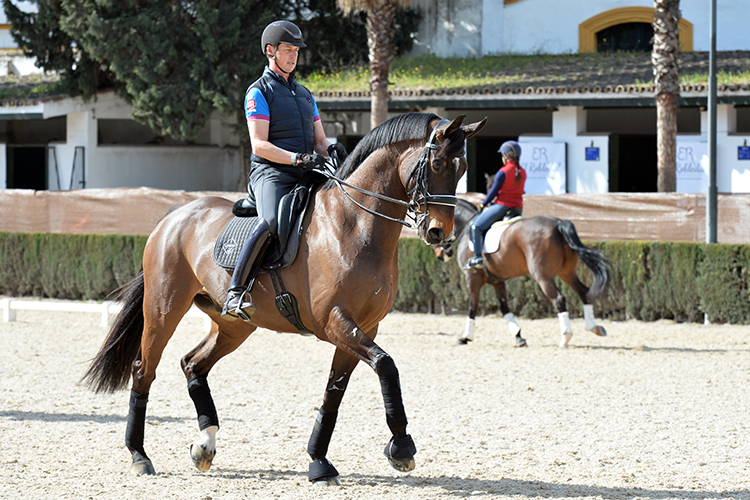
What makes a good coach?
“Well it goes back to business sense and business sense is, I was always taught, praise, criticise, praise. That’s what I’ve always done as a coach. I look at it, nice horse, you’re sitting quite well, you could really do something with it. Then you criticise, if you want to call it that, it’s probably the wrong word for correction, but this is wrong and you’ve got to change this, and you’ve got to change that, and so someone can go away with a future for your next lesson, that you made that better. Even if it was small, lets stick with that.”
“There are other points to it too, an understanding of movement, an understanding of balance. Again, it’s something you learn as you get older. A lot of young people, and I was one of them, you are training someone to compete, basically. You’re just getting the job done. The older you get, the more books you read, the understanding of biomechanics and rider movement, how to help someone to become supple off the horse, that kind of thing. Those sorts of things come as you get older, because you should know that by then. That comes with a, having time, b, having the interest. It wasn’t interesting to me when I was young. Competing was my thing.” (article continues below)
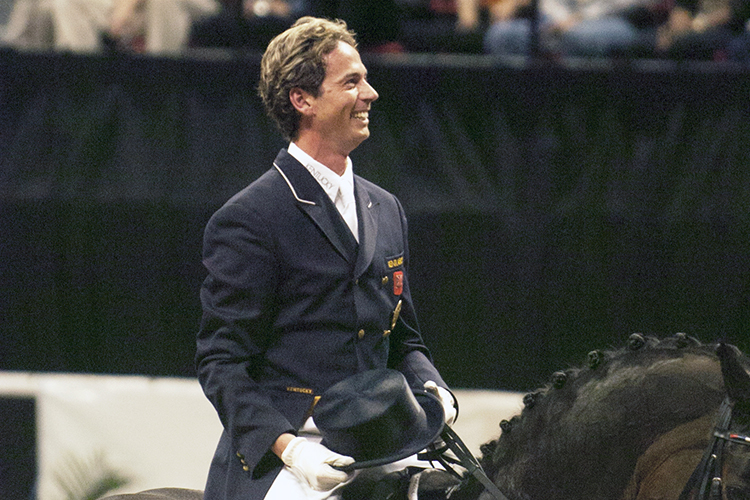
And a good student?
“A good student has to have patience. I know it’s a very obvious thing. Patience that they take in what you’re saying, and that they will also ask questions. If they trust you, they’re going to ask you questions.”
“You know when I watch a lot of people teach, for instance as an example, “Do a half halt” and then they just leave it, they’ll do something else, then you’ll hear it again, “Don’t forget your half halt.” What made me think about it, two years ago, I judged the BHS Instructor of the Year on my own. I had eight finalists and I was hearing them tell everyone to half halt, and at the end of it, when they had all finished, I said to them, “One person, and you are the finalists, only one of you told the pupil what a half halt was. The rest of you just said, ‘half halt’. So now let’s go to your pupils who you taught today and ask them what a half halt is.” And of course none of them knew. They knew the word, but they couldn’t tell us what it was, but the instructors also forgot to tell them what it was. So that was a real eye opener for me. These are all things you learn from, you can’t assume. But as much as we must tell them, a good pupil, if they don’t understand, must ask. The whole point of a good lesson, you get something out of it, they get something out of it. It’s not a one-way street.”
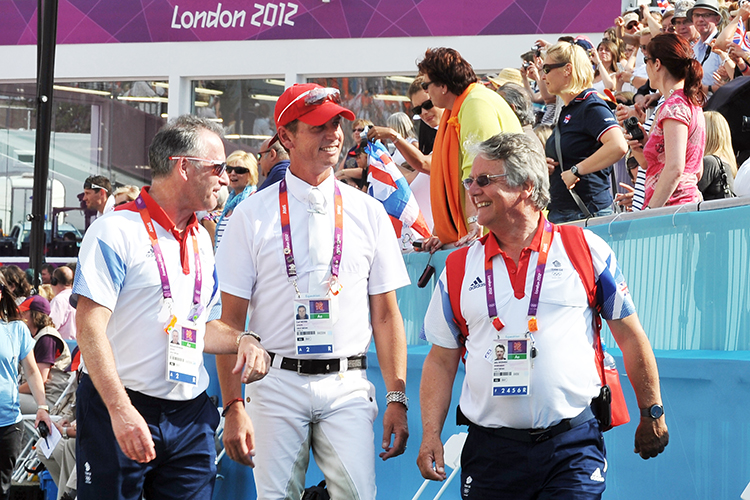
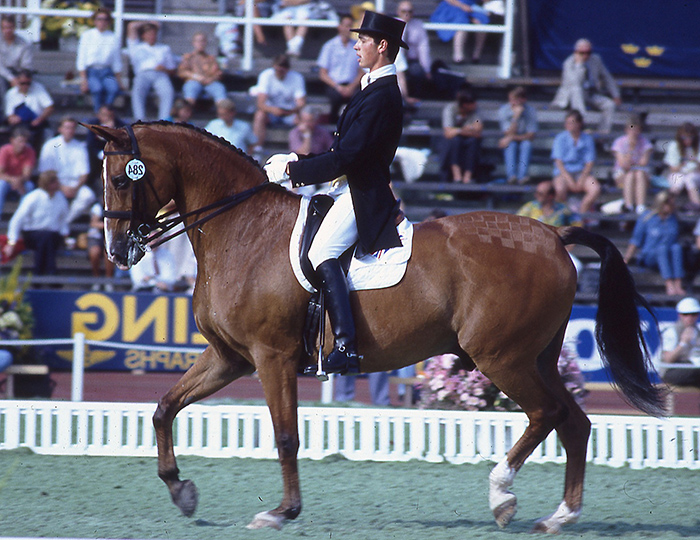
Carl and Rubelit von Unkenruf at the WEG in 1990
“When people criticise my riding, or Charlotte’s riding, saying we’re not classical, I’m doing what I was brought up to do. So, I haven’t changed. By the time I started in about 1990, Rembrandt, Corlandus, Gigolo, Bonfire, Goldstern, all these horses and their riders that were winning medals at the time, they were round and on the bit horses. That’s what my first memories of dressage are. So when people say to us, why do think what happened before them was right? My theory on all of that as well, nobody x-rayed horses, nobody scanned horses, nobody measured length of stride or how the horse moves at its optimum when it’s on the bit, so it’s all very well saying the past is better, but you wouldn’t have known as much scientifically in the past as you know now. What I take from the past that I really like, is the lightness, the harmony, there’s a lot of good there. I just don’t go with the ‘everything that’s modern is wrong’ view.”
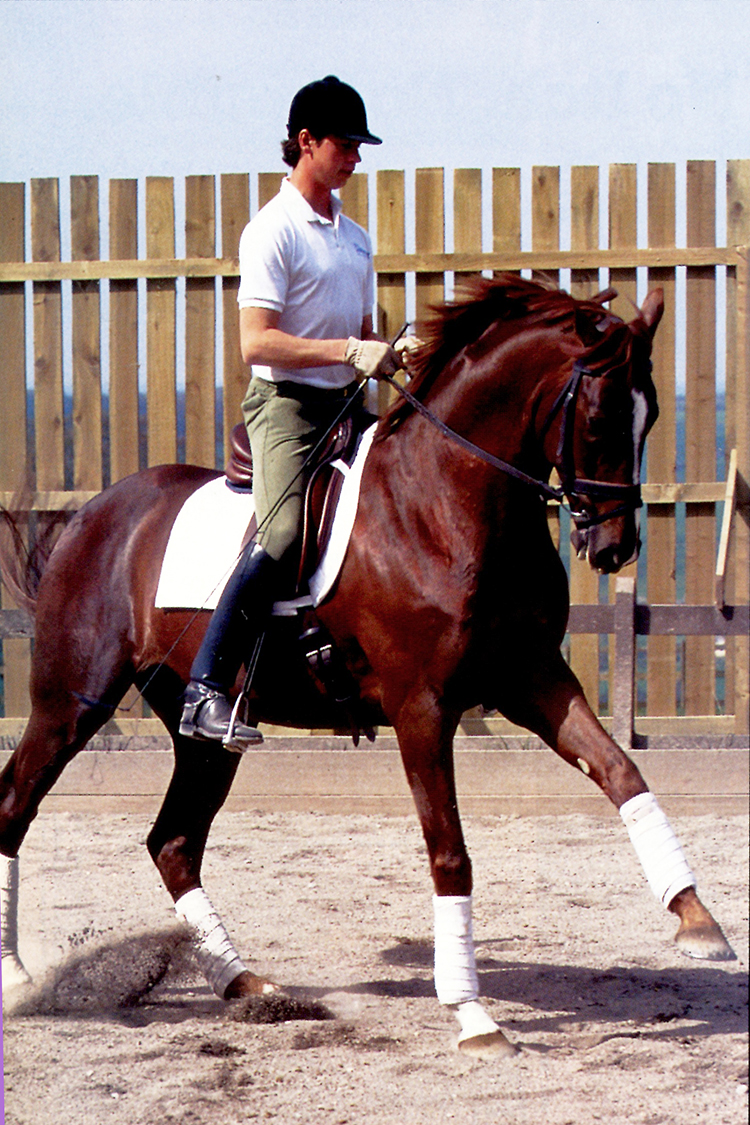
Carl with Donnersong in 1996 after he left Dr Bechtolsheimer
“But also, when I watch old videos, it’s almost that you accepted how the horse moved. They didn’t try to change it. What was missing was suspension. So, we’re going back to that word expression again which can be a dangerous word, I always say that, because you can create it out of tension, the wrong way, but for impulsion and expression which is expected in today’s dressage, you need suspension. Nip Tuck had no suspension, Valegro had no suspension, he was a powerful mover, but he didn’t have suspension. Nip Tuck was a bad mover who has got better. It wasn’t that they couldn’t have trained those horses in the past. It’s almost like it wasn’t part of the training. It’s really interesting studying it more, and like I said, I don’t consider who was wrong, and who was right, you take what you take.”
“Trish Gardener, she’s been to three Olympics, she’s 82 now, she trained with Robert Hall, one of the greatest of all time classical instructors, and Trish says to me herself, we just didn’t have them on the bit; that’s not how we rode. It’s really comforting hearing that from someone who has been there and done it, not somebody who writes it on an internet page or something. It’s coming from the horse’s mouth. And yet, I’ve learnt an awful lot from Trish, but she’s moved with the times. She said I see exactly what’s needed these days and it’s important to have your impulsion and roundness and throughness, but it was never talked about in her day.”
“And Harry Boldt, you know Harry taught me when I was at Dr B’s and already then, he was riding Rembrandt because Nicole had broken her arm and he moved with the times. He just developed as the evolution of it has. It wasn’t abusive. A good rider can make impulsion and expression without being abusive.”
“I had a conversation with a professional Alexander Technique practitioner who’s written many books. I asked her opinion on movement and self carriage, the horse being in front of the vertical and how much or if it’s behind the vertical, how much damage is done. She gave me some books to read which were all underlined and highlighted with the points that she felt had helped her become a teacher. 24 hours later she sent me a message. The message was, don’t let any book compromise your feeling. That’s how important feel is, and feel isn’t talked about enough. Obviously you have to have the right feeling, so you might need help with your feel. Sometimes your feel isn’t what you think it looks like. Somebody else on the ground will be able to help you with that.”
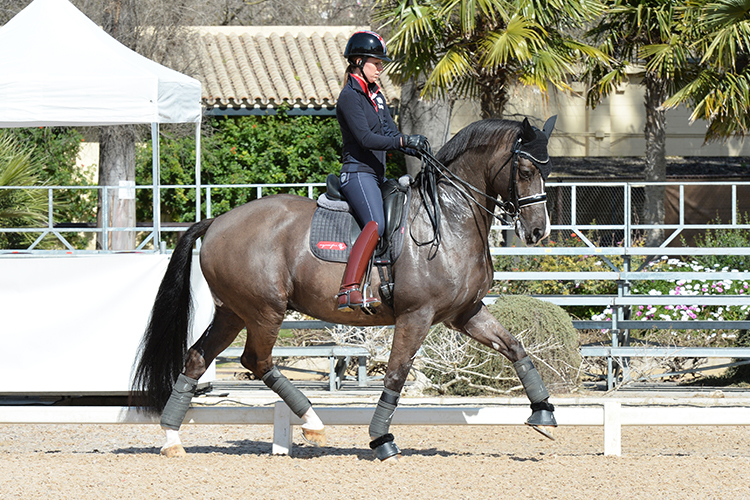
Are some people are trying so hard to keep everything under control with strength, that they can’t feel?
“Exactly. Move! Movement in stillness. You’re trying to be still and elegant, don’t make yourself stiff and rigid. You’ve got to have movement within the stillness and that should help you stop being stiff.”
What would be the three main points you’d want to pass on?
“Still harmony. Good dressage is harmonious without a doubt. You’ll always be working on straightness, we all do, so don’t forget that. Just because your horse is crooked it will always be unless you ride it straight! Thirdly, I accept, unless it’s clearly wrong, I accept that everybody has an opinion and everybody does it differently. That way, you can actually enjoy the world of competitiveness, without it all being, ‘he said this, and he said that’, or ‘she said this and she said that’. At the end of the day, you’re still doing sport because you enjoy it. I picked to be a competitor, but I didn’t expect by picking to be a competitor, that people would assume then that they could write all about how I ride, and then put it out there on the internet if there’s a bad picture. And they say well, you’re out there competing so you deserve to be picked on. Really? So if I come to your school and take a picture of you riding and I take your worst shot and stick it in a magazine, how would you feel about that? So, if you’re going to enjoy it, you’ve got to look for the good with your fellow competitors, with your trainers.”
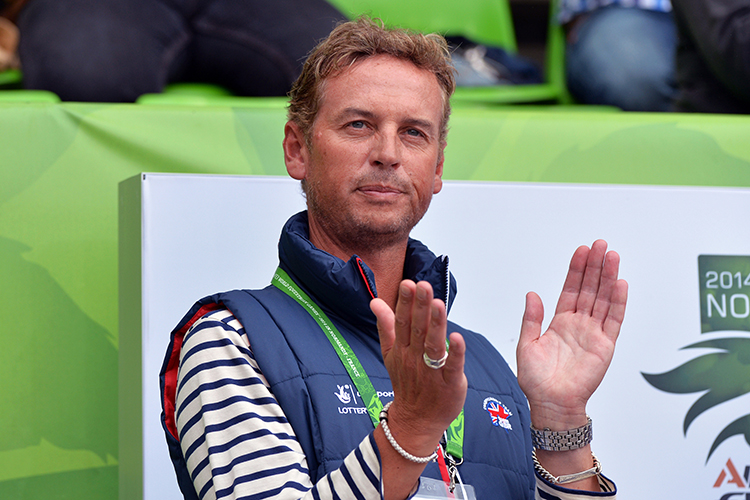
What would be your advice for your 20-year-old self?
“To have trained my horses a bit quicker. I believe the ideal world is if we could put youngsters on schoolmasters, and the more experienced riders on the young horses, but not everybody has access to that. I had access to that through Dr B so I learnt very quickly how to ride a Grand Prix. I had a lovely schoolmaster to teach me. I was 27 back then, and it felt quite old to me, now here I am at 50! What I meant was that I had already done an Olympics, a World, and a Europeans back then. I still presumed that people would just give me horses to ride. So the best advice would be to buy a horse and train it. You’ll become a horseman like that rather than always the best or always riding top horses, because I’ve ridden lots of rubbish ones all the way through, once I left Dr B’s. Life was full of average horses for a while.”
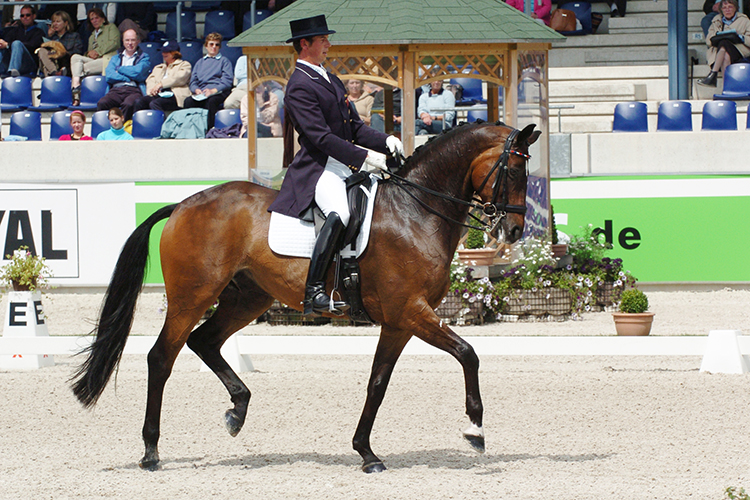
Carl and Escapado at Aachen in the 90’s
Do you think that’s what’s made you different? There are a lot of dressage riders, even in the UK who don’t have your success…
“I’m not different, I just mix up my competitiveness with being open to suggestions about things like how we keep our horses, which everyone knows about anyway, and yes I’ve ridden a lot of average horses, but I still believe that you can still make an average horse decent. It’s funny because when people come to our yard for the open days, I realise what I’m saying is, I believe that all the horses in the yard will make Grand Prix. I believe all of them will get there. I don’t believe all of them will be stars, that’s a different thing, but providing they’re healthy and sound, they will. I think self-belief in your horse is a huge thing.”
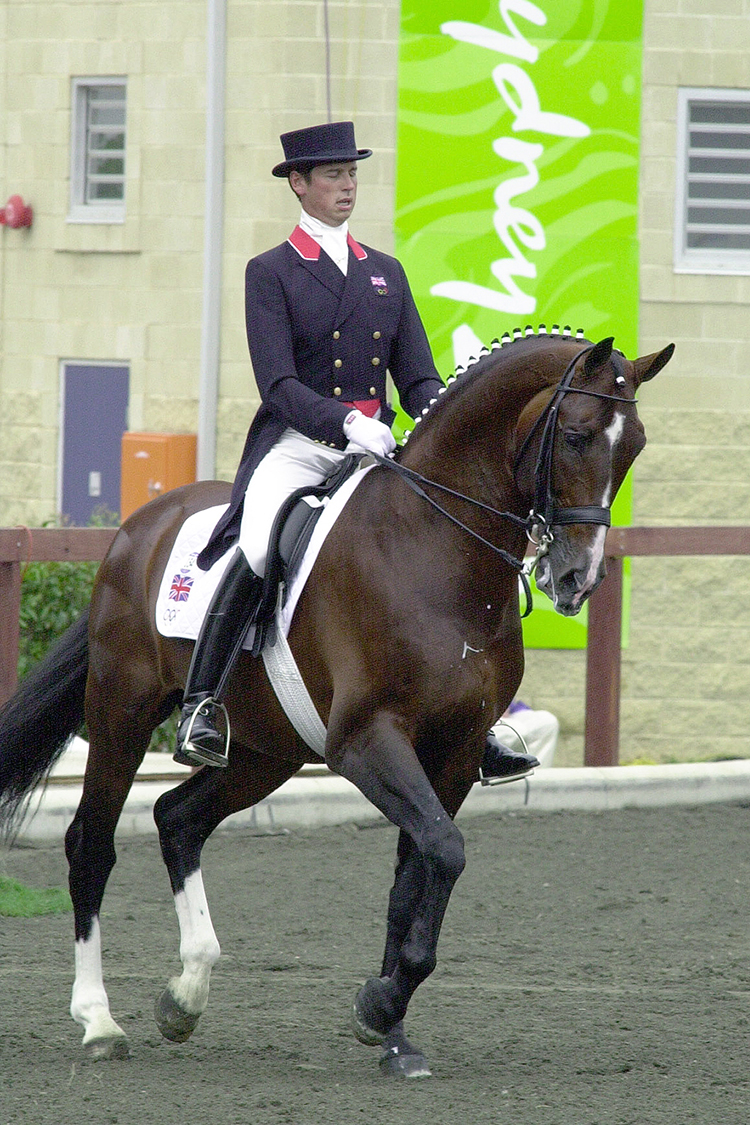
Carl with Gullit at the Sydney Games
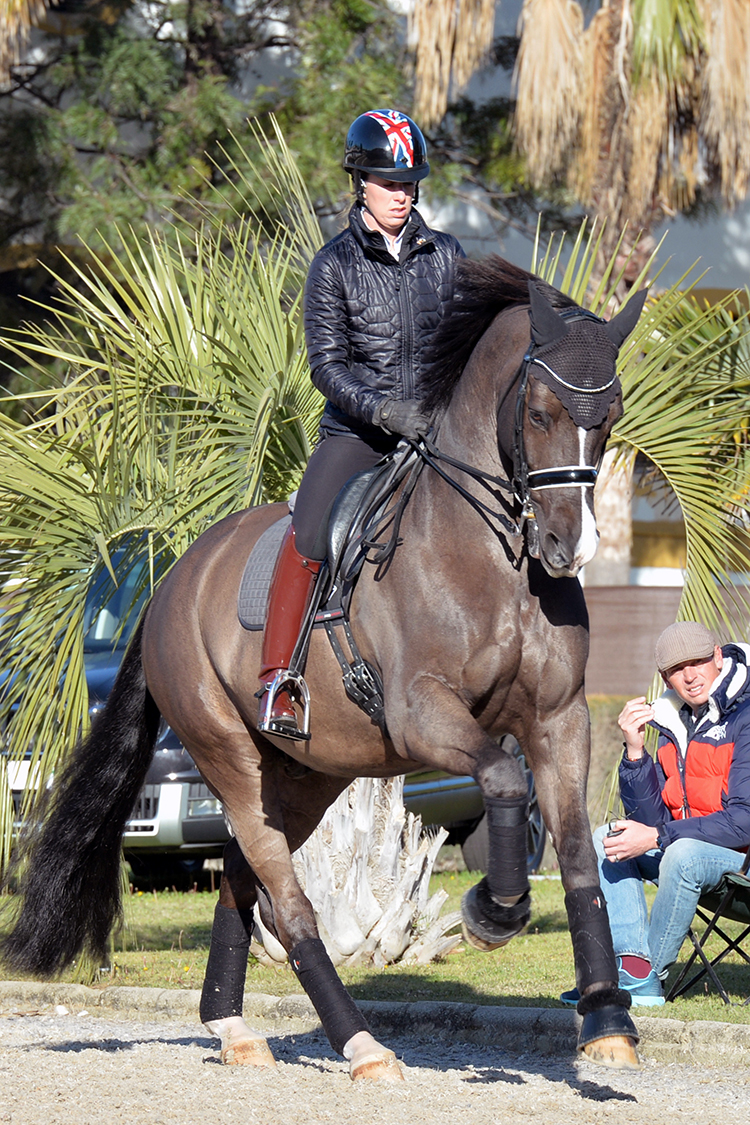
“Charlotte and I have each other there every day.”
When you look at the three big factors in England, you’ve got the Bechtolscheimers, you’ve got the Eilbergs and you’ve got me and Charlotte. We’ve been successful for a long time now as a group like that. What’s the common factor? Laura has her father there behind her all the time watching her train, Michael has Ferdi everyday and Charlotte and I have each other there everyday. We’re the ones that are consistent. It’s just a bit too obvious, as it were.
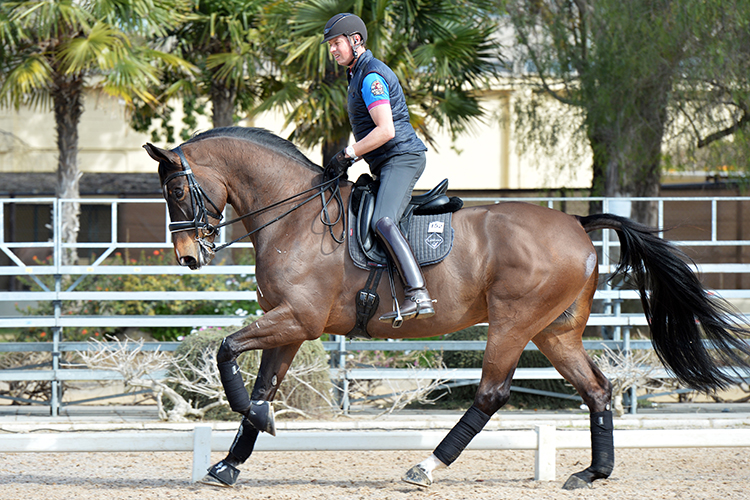
Obviously you and Charlotte work off each other, but is there anyone else you’ll get training or advice from?
“Charlotte and I have a system now which we’re obviously comfortable with, it works. We’re such different characters. We ride with each other, but you know, we don’t help each other everyday because I like to ride quieter at home between shows, Charlotte rides to win a gold medal everyday. I have to say, “You have to back off, slow down, give that one a break” and she needs to say to me, “Get some impulsion in that, get that thing moving a bit more” And I’ll say, “No, I’m saving it for the show!” then she’ll come back with, “No. You need to start now!” Because we are yin and yang, it works quite well.”
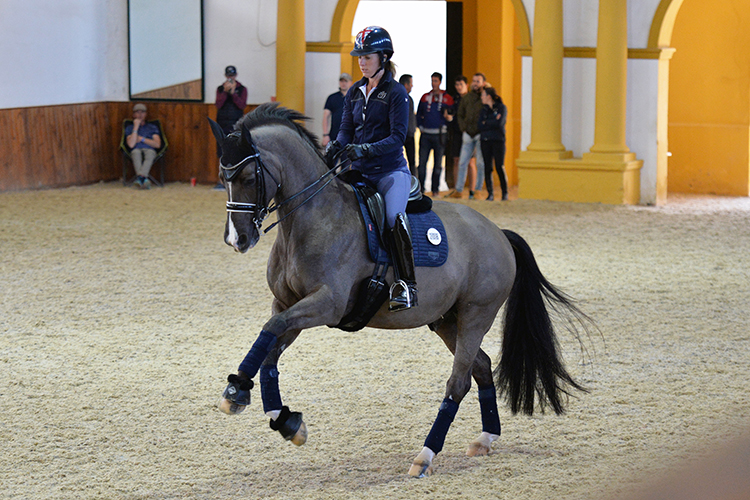 Ever met your match in a horse?
Ever met your match in a horse?
“It’s not about that so much as I’ve had horses whose limitations meant that I felt I shouldn’t push them all the way there. You learn as you go, don’t make them do it, you want them to last. Sometimes you have to accept he has a little piaffe and a little passage and that’s how he’s going to be, so let him go back to his owner or to someone who just wants to ride at a National level, things like that. That’s what I mean about we expect them all to make Grand Prix, but to what level? That’s the wonderful thing about having Valegro in the yard, we have the gold medal bench mark. So you look and see which ones are showing the potential to be like that, which ones will never be like that. So it’s just been really good to have him. It’s also helped me as an older rider, and it’s why you can’t have any jealousy, at the end of the day, when Charlotte does that superb test, and Nip Tuck does the best test he can possibly do, it’s different, but it’s still both horses trying their guts out, and me coming out saying there’s nothing more I could do, and her coming out saying the same thing. There’s no point me going, “Well why didn’t I get a gold?” It’s different. They’re not the same horses and they don’t have the same mechanics. That’s a good way to be because you don’t get frustrated. You’re satisfied with your performance.”
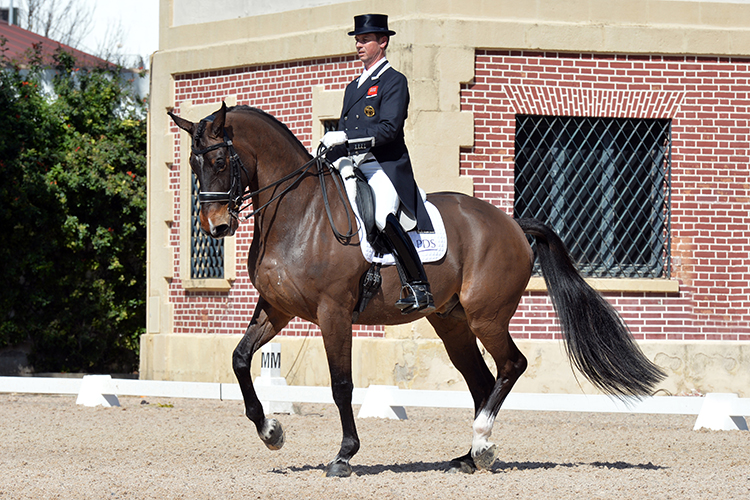
Nip Tuck – “You learn as you go, don’t make them do it, you want them to last.”
“Nip Tuck has been the perfect training tool for me at my age, because you think you’ve been doing it that many years that that’s the mould, and I’ve had some amazing horses in my past, but that ultimate feel that I’ve been looking for of what would feel like the perfect test or what would be the perfect self carriage, I get more out of Nip Tuck although he’s the worst of the lot, let’s say, in the nicest possible way. But I’ve learnt to find the right feel with him. That’s what’s been so rewarding about riding him. I can get him in a better self carriage despite the fact that he doesn’t have the hind legs of any horse I’ve ridden before. That’s what makes it exciting, that he changes every year. That’s telling you something; that the trust gets better every year, strength gets better every year and then the harmony gets better. I’m able to let go, and I’m able to let him do it himself and hopefully his spooking will get less! That’s next year’s goal, stop bloody spooking! That’s why I’m doing the World Cup. Every indoor arena is a nightmare for us, so he’s just going to have to get used to it. No more pats, you’re a big boy, get on with it!”
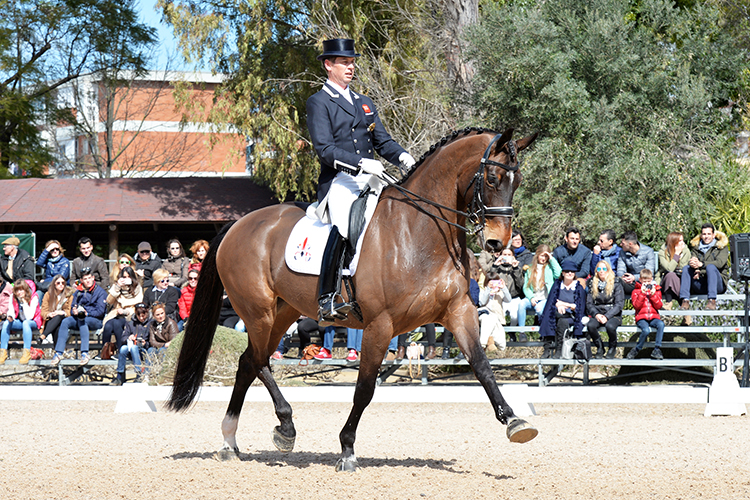
“I get more out of Nip Tuck but he’s as worst of the lot, in the nicest possible way.”
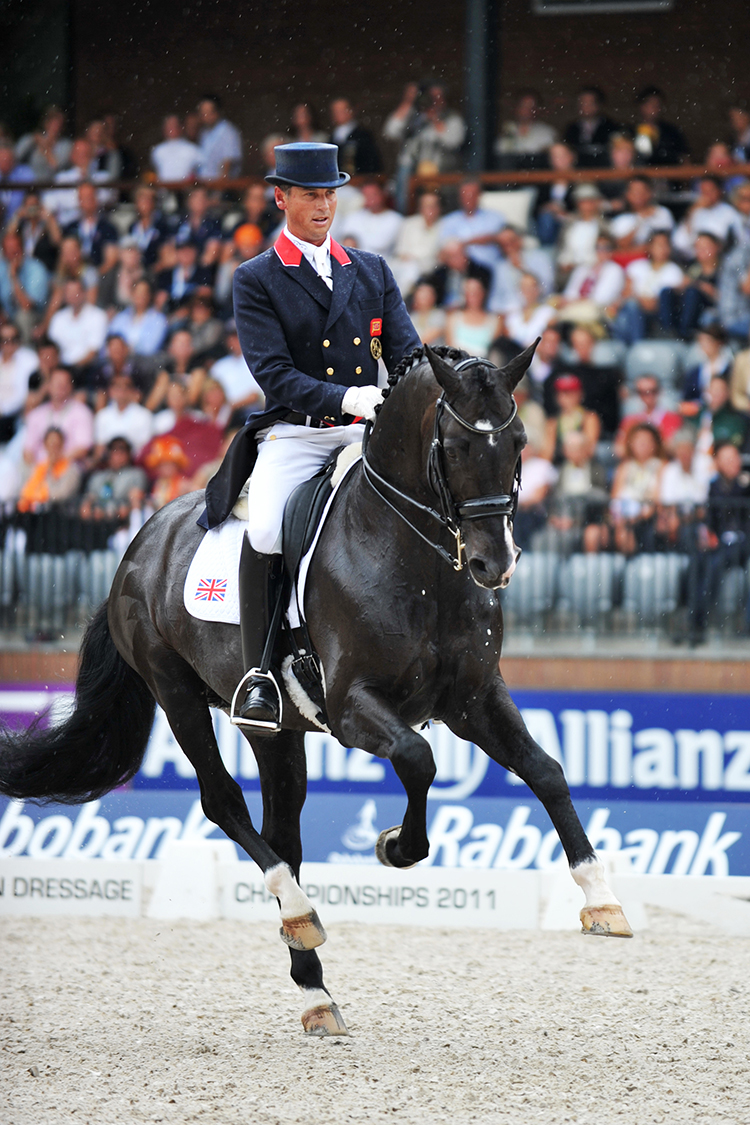
Uthopia – “I’ve had some amazing horses in my past.”
“Charlotte is the benchmark now for people in England. She was Novice Champion, Elementary, Medium, Advanced Medium, Prix St George Champion, all on different horses. That’s the gift of balance again. That’s what she does. She can balance a horse, they move expressively and she’s accurate, the showing side comes out there. There are not many people who can ride a test like she does. That’s what she has.” – THM

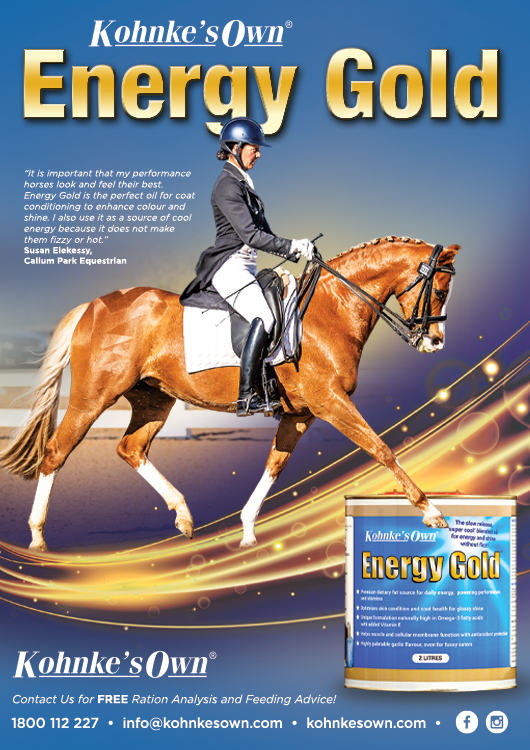
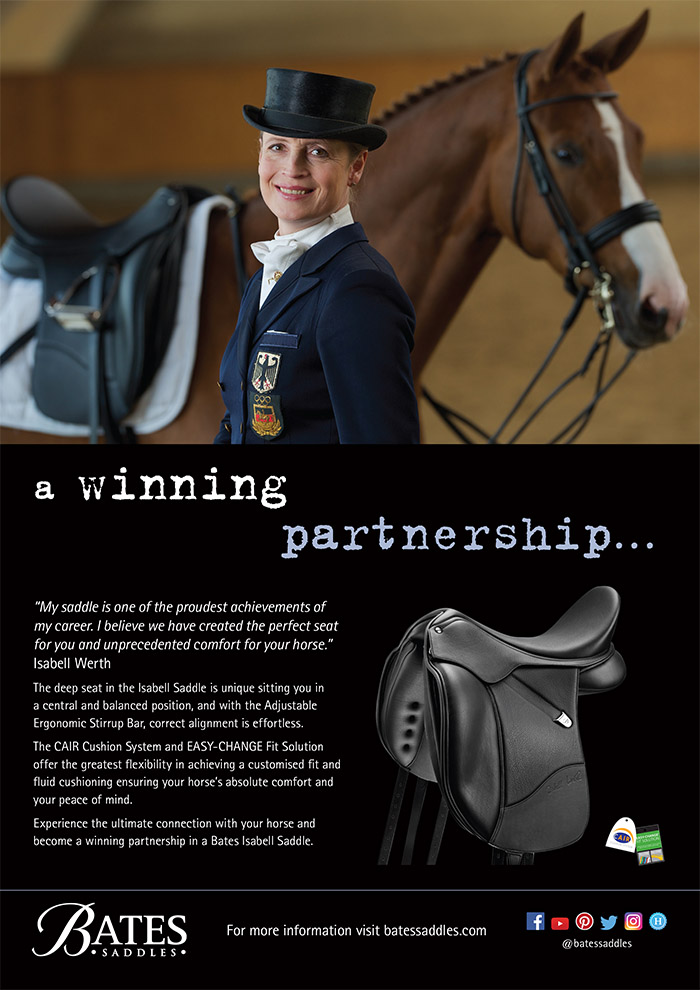
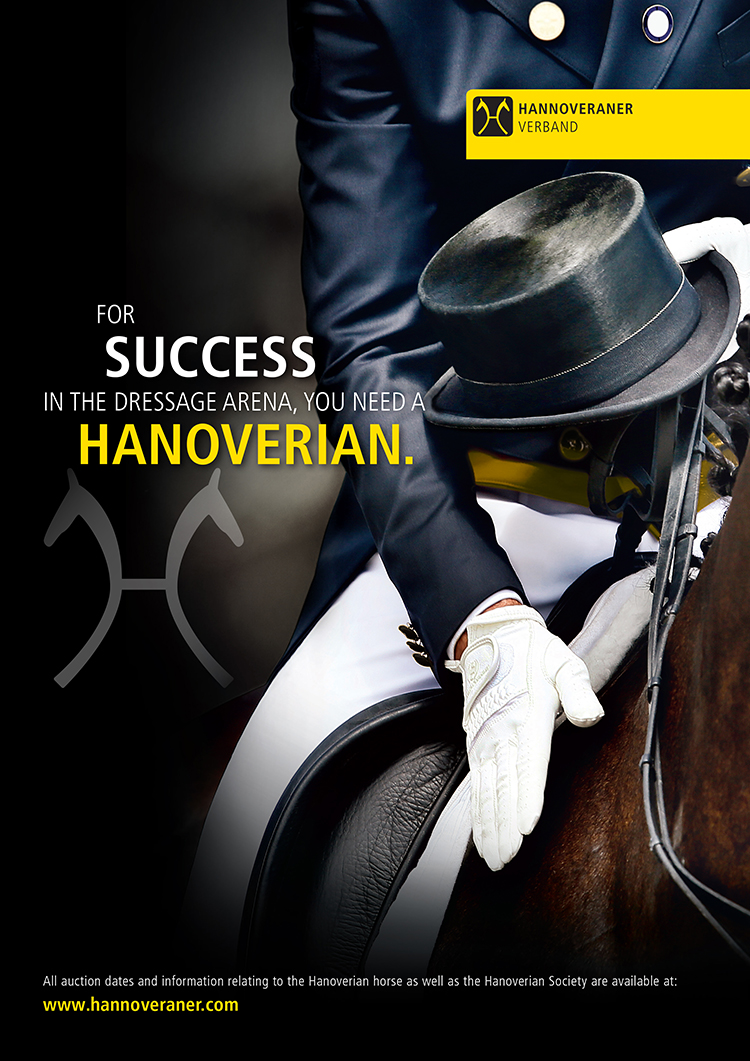
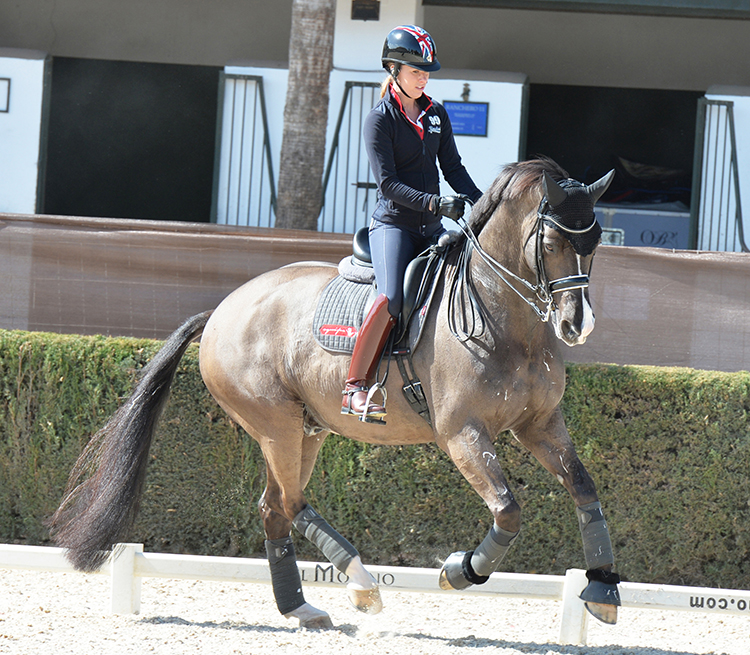
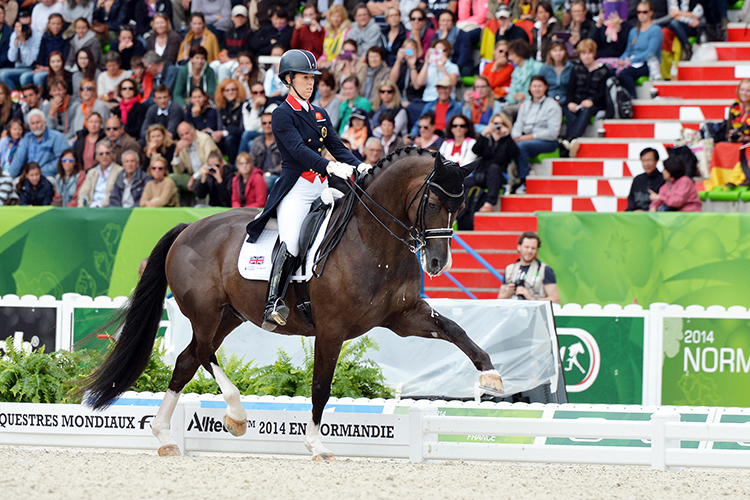
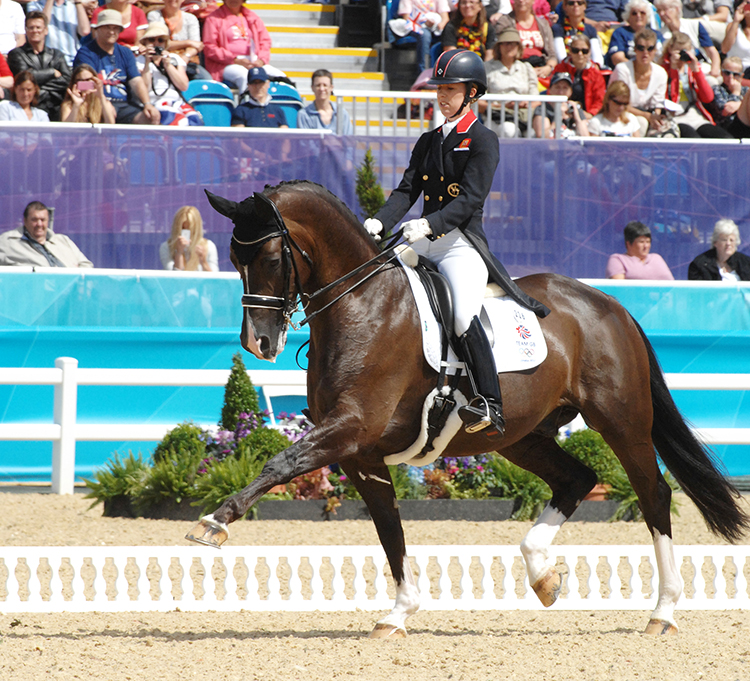
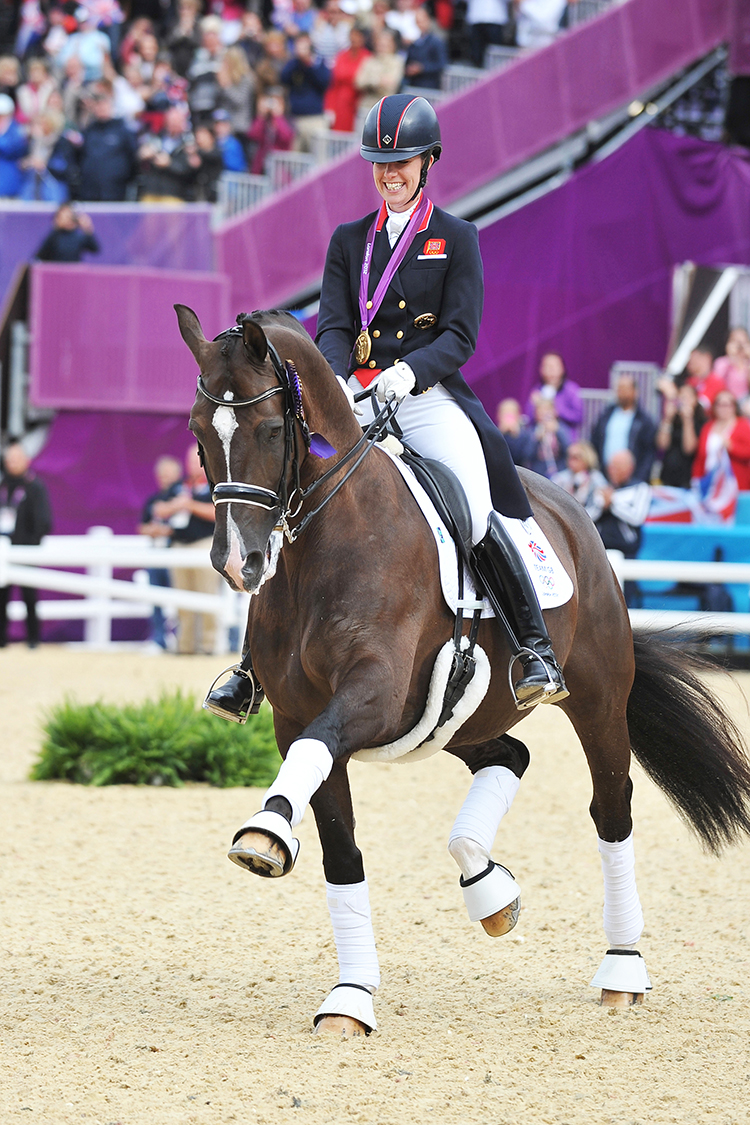
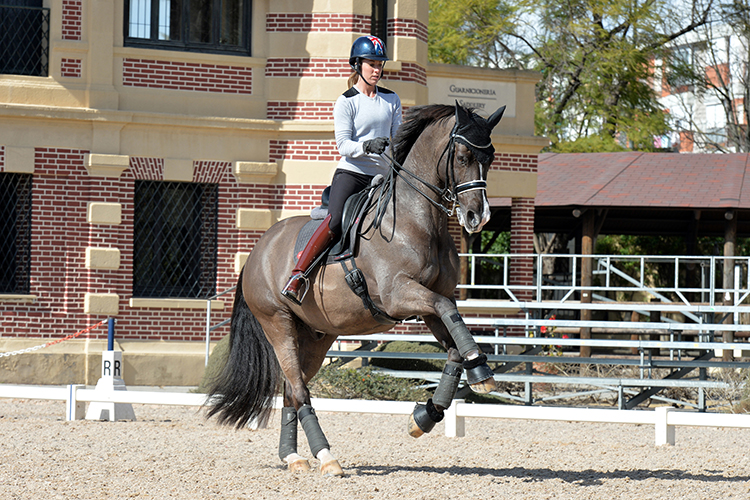
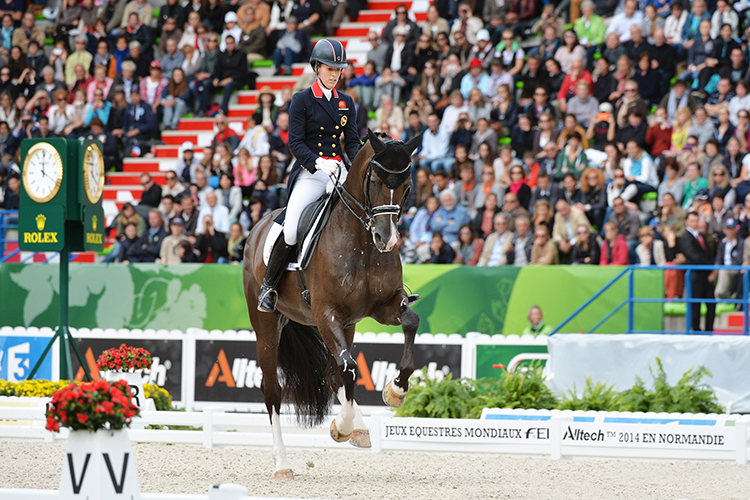
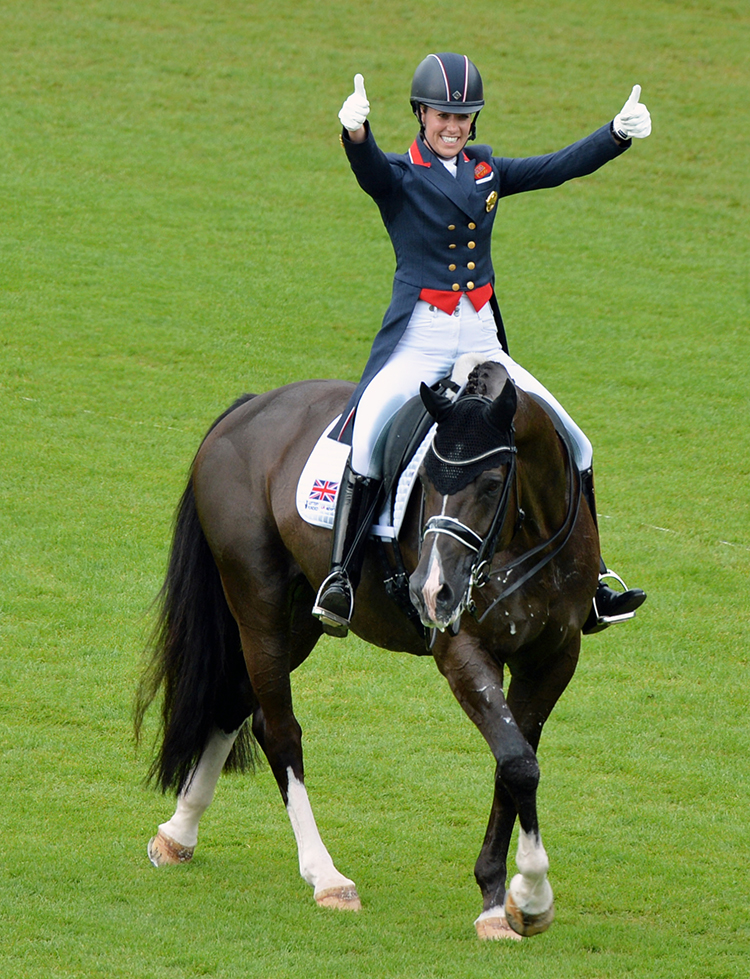
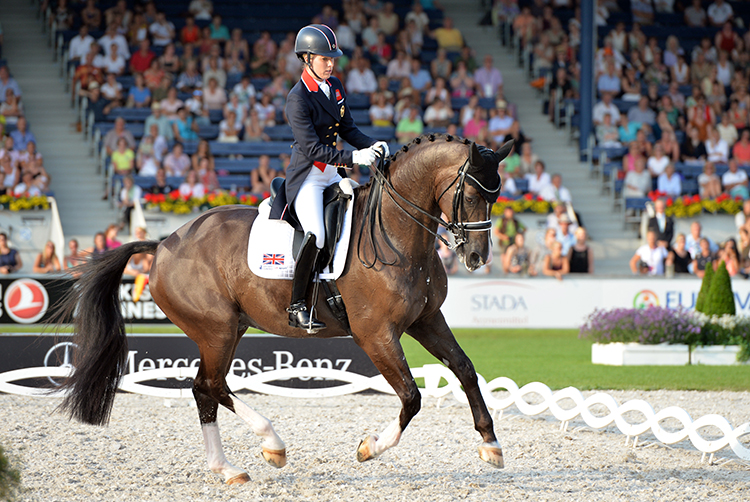
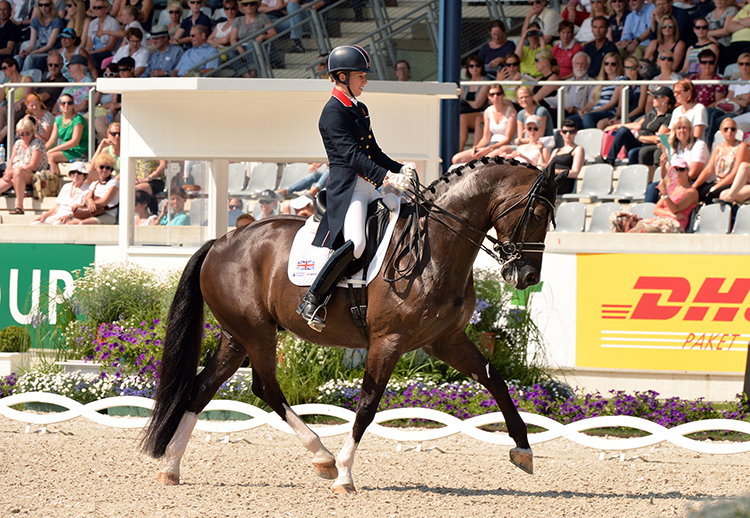
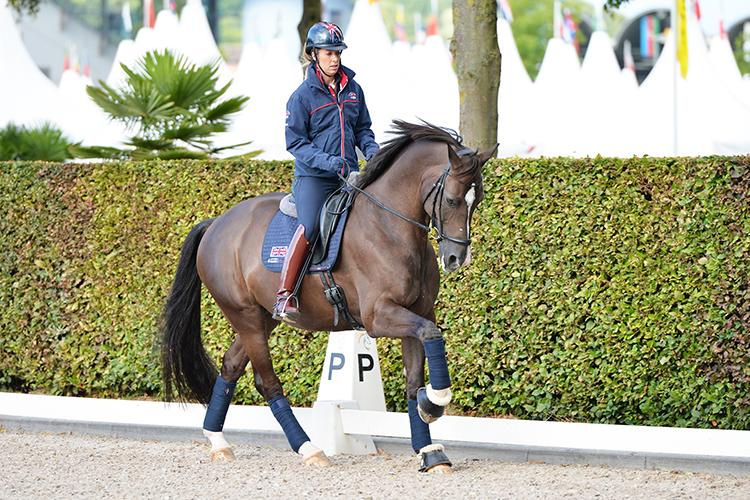
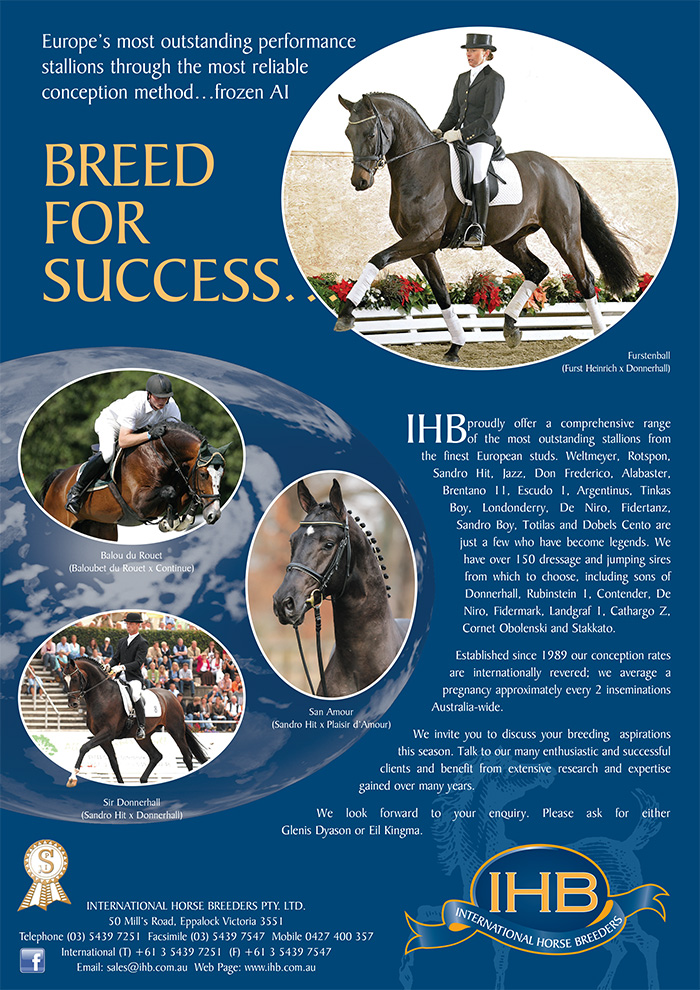
Wonderful article
Fantastic reading. Thank you.
Very good reading loved this article talking about the feel as each horse teaches us they are all so very different. It is a great reminder of patience and understanding, keep the articles of experiences of training our beloved horses so we can all become better at training and riding as we never stop learning.
Great article and fabulous photos…
Great article. Lots of interesting thoughts…
Loved the article , Wonderful thoughts from top rider and competitor Carl Hester.
Carl Hester is a breath of fresh air, he keeps it simple and tells it like it is, love it.
Fantastic read!!
I just sooooo love Carl Hester and his down to earth approach !!!!!
wonderful article.
Very informative with great photos. Thank you.
Great article, thank you for giving it the length it deserves. I remember the 70′, I was there training horses and I well remember how hard it was to get the British to put their horse into work from the back. Glad to see they have come such a long way.
Thanks, Chris, always read your stuff with great interest
JP